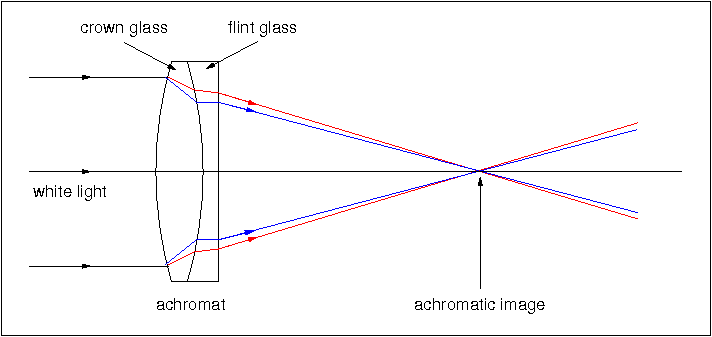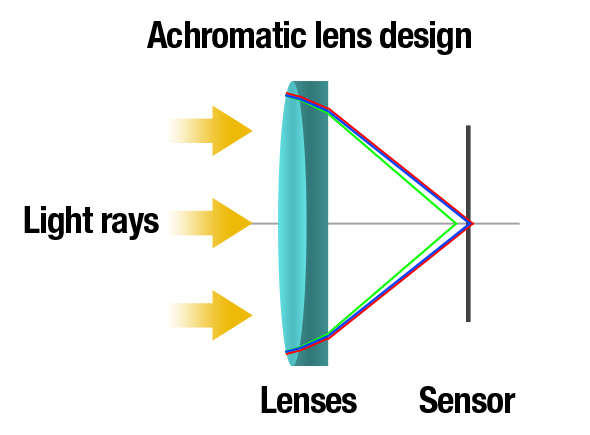

In contrast, the previously proposed model of induction based on a receptive-field with S-cone spatial antagonism predicted the color shifts should be independent of the test-ring chromaticity (Monnier & Shevell, 2004). For these patterns, expectations based on standard definitions of induction suggested that the magnitude of the color shifts should be monotonic with the S-cone stimulation of the test-ring, and the direction of the color shift should reverse for test-ring chromaticities either lower or higher than both inducing chromaticities compared to test-rings of intermediate chromaticity. Definition of chromatic adjective from the Oxford Advanced Learners Dictionary. With that said, there are hundreds of different chromatic tuners on the market, each claiming to be the best. They can be used by just about any musician and allow them to alternately tune to their heart’s desire. Chromatic tones began to appear in music long before the common-practice period, and by the beginning of that period were an important part of its melodic and harmonic resources. Additional measurements with patterns that have been shown to isolate assimilation and simultaneous contrast were conducted. Chromatic tuners are one of the most significant innovations in tuning technology. Chromaticism is the name given to the use of tones outside the major or minor scales.

Consistent with standard definitions of induction, a reduction in the magnitude of the color shifts for test-ring chromaticities either lower or higher in S-cone excitation than the inducing chromaticities was observed. On the other hand, a previously proposed model of induction predicted independence of the color shifts with test-ring s-chromaticity. According to standard definitions of induction, color shifts for test s-chromaticities either lower or higher than both inducing chromaticities should be attenuated compared to test-rings of intermediate S-cone stimulation. Related terms for chromatic: diatonic, flat, major, minor, sharp, tonic. Here, induction was measured for test-rings that stimulated the S cones either more or less than did the inducing rings. The chromatic number of a graph is found by using. The coloring is done so that no adjacent vertices have the same color. These shifts have been accounted for by a neural substrate which predicts that chromatic assimilation and simultaneous contrast can operate synergistically to produce large shifts with these patterns. The chromatic number is the least number of colors needed to label a graph. For example, a “peach” test-ring presented within contiguous purple and non-contiguous lime inducing rings appears pink while the physically identical peach test-ring appears orange when presented within contiguous lime and non-contiguous purple inducing rings (Fig. Inducing patterns that selectively stimulate the S cones can induce large shifts in color appearance.


 0 kommentar(er)
0 kommentar(er)
